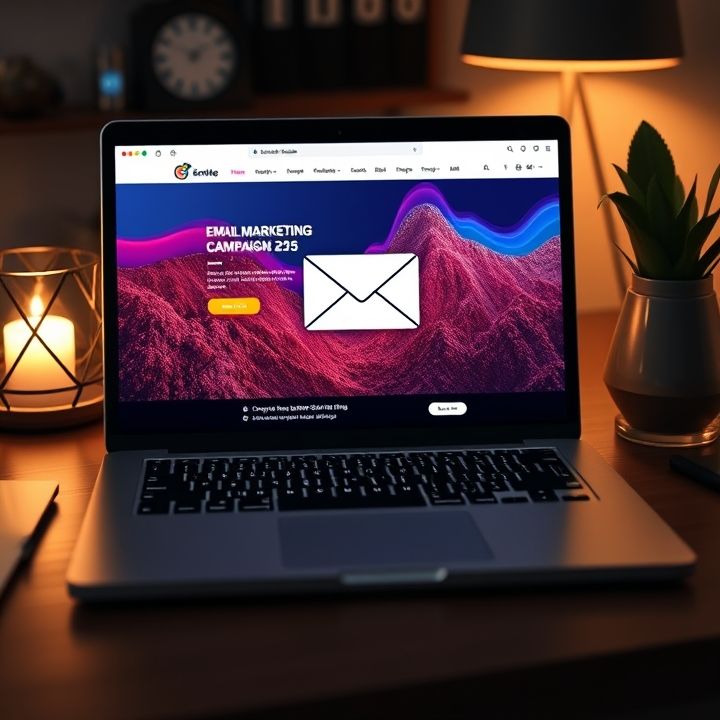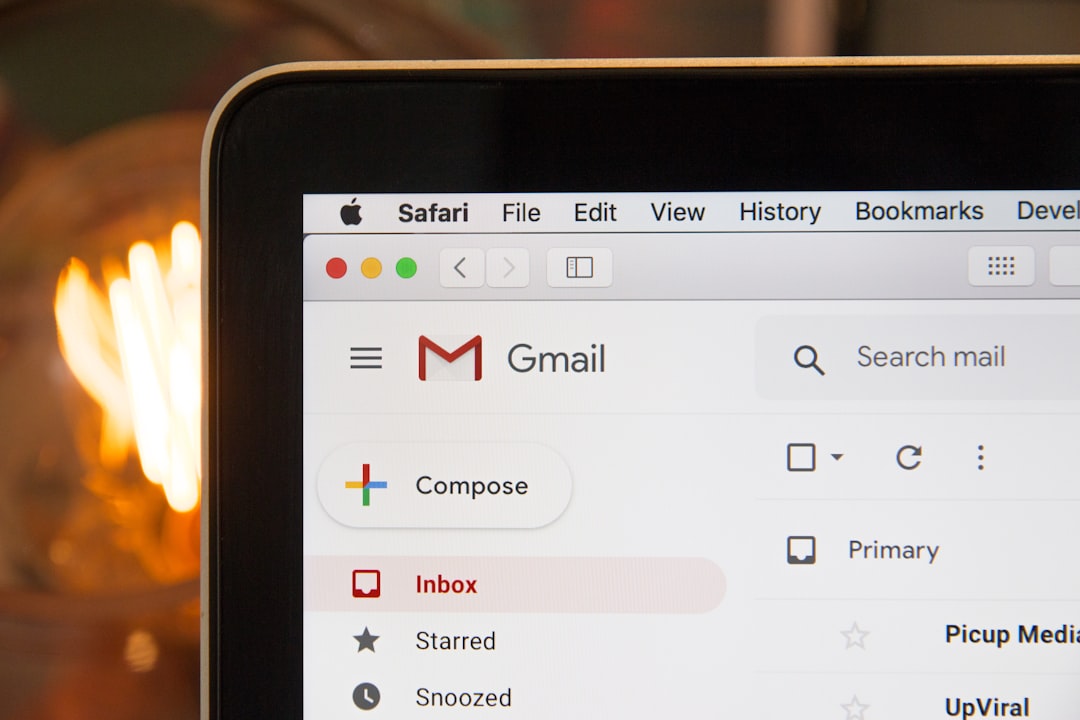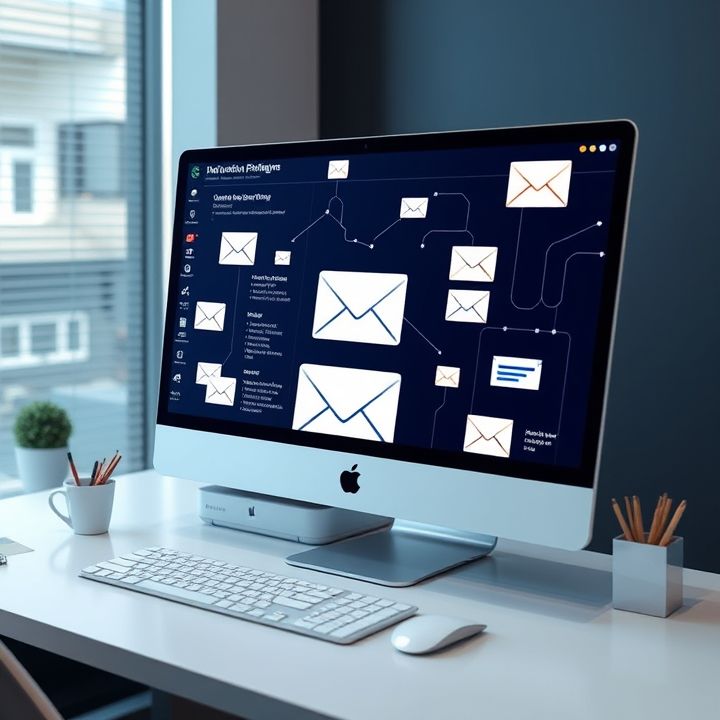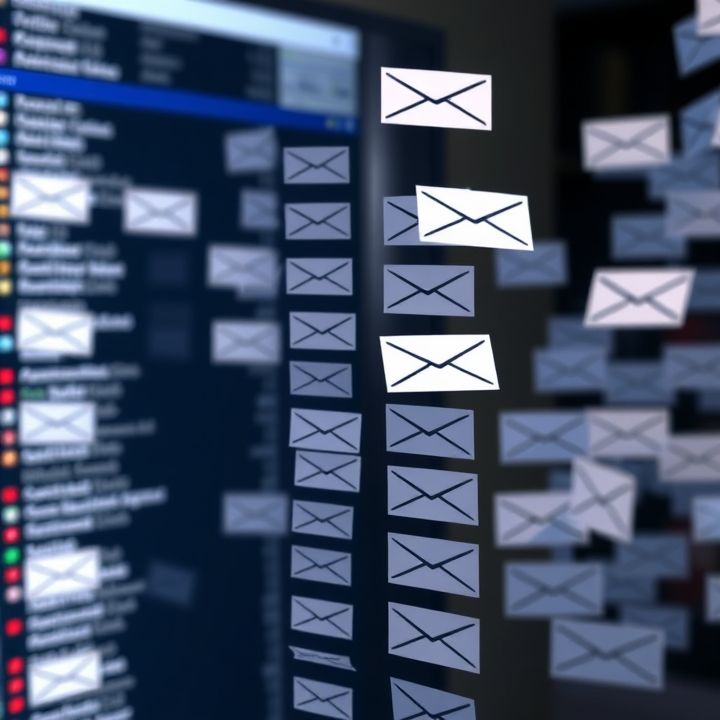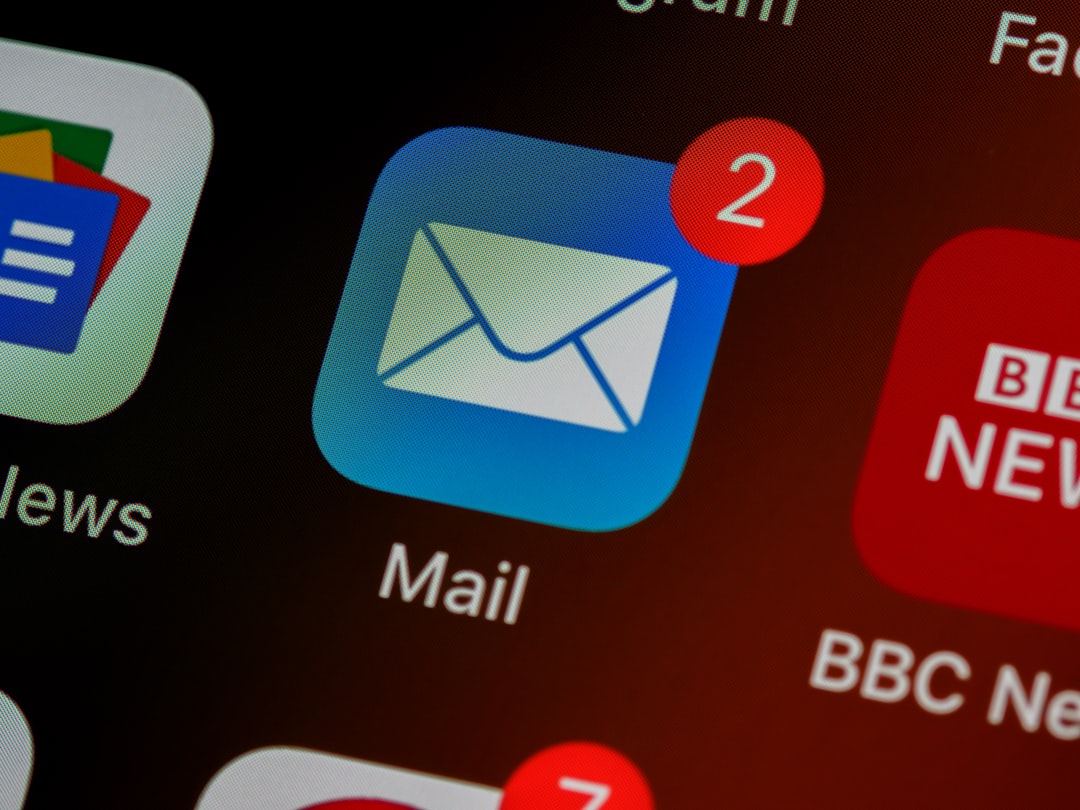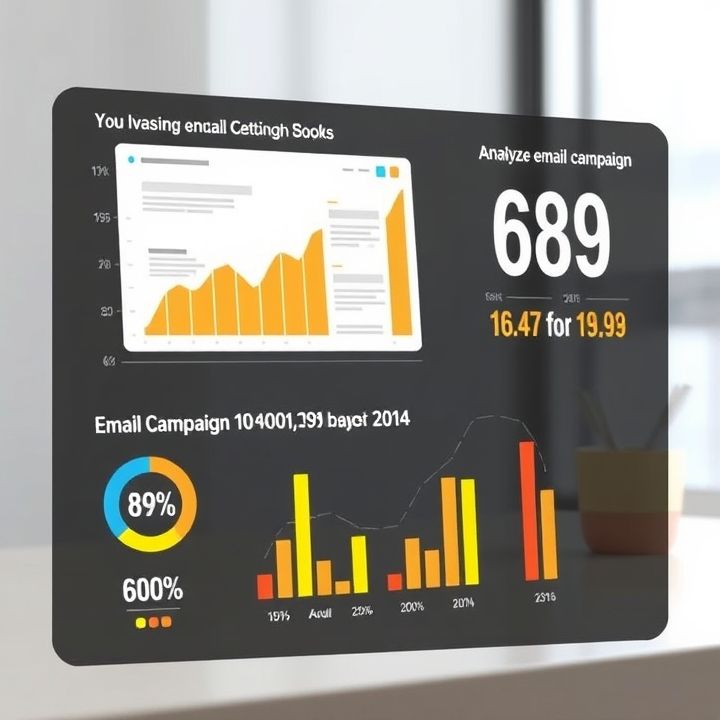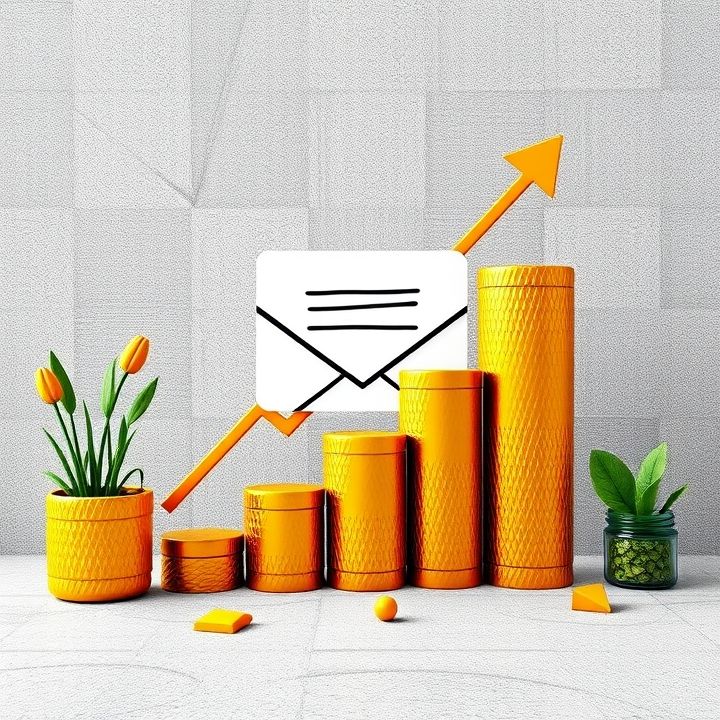Table of Contents
- Introduction
- Crafting compelling subject lines
- Personalization and segmentation for targeted messaging
- Utilizing strong call-to-action buttons
- Incorporating scarcity and urgency elements
- Using engaging visuals and layout design
- Conclusion
- Frequently Asked Questions
Introduction
In the ever-evolving world of e-commerce, the ability to harness the full power of email marketing can transform the way you do business. Imagine skyrocketing your purchase rates by simply implementing proven email tactics that capture attention, evoke emotion, and drive action. This isn’t just a dream; it’s a reality waiting to unfold.
| Tactic | Benefit |
|---|---|
| Personalized Content | Enhances Customer Engagement |
| A/B Testing | Optimizes Email Performance |
| Segmentation | Increases Conversion Rates |
The article ‘Unlock the Secrets: Proven Email Tactics to Skyrocket Your Purchases!’ is designed to unpack these secrets and present them in actionable steps that anyone can follow. Whether you’re a seasoned marketer or a business owner looking to edge out your competition, these strategies can fortify your marketing arsenal.
Crafting compelling subject lines
Crafting compelling subject lines is an essential tactic in email marketing that directly influences whether your email gets opened or not. A great subject line should be clear, concise, and engaging, giving the subscriber a reason to open the email. One effective strategy is personalization; incorporating the recipient’s name or location can make the message feel more relevant and tailored to the individual. Additionally, creating a sense of urgency, with phrases like ‘Limited Time Offer’ or ‘Act Now’, can entice readers to take immediate action. Make use of numbers or lists, such as ‘5 Ways to Improve Your Skills’, to indicate the content of the email is easily digestible and actionable.
Another trick is to pose a question in the subject line. Questions can pique curiosity, leading to increased open rates. Emojis can also add a touch of creativity and visually stand out in crowded inboxes. However, it’s crucial not to overuse them as they may come off as unprofessional. Ultimately, A/B testing different versions of subject lines will provide insights into what resonates most with your audience, enabling you to refine your approach and improve engagement rates over time.
Personalization and segmentation for targeted messaging
Personalization and segmentation are essential tactics when it comes to crafting targeted messaging in your email campaigns. By tailoring messages to specific groups within your subscriber base, you increase the relevance of your content, which, in turn, enhances user engagement. Personalization can range from addressing a subscriber by their first name to recommending products based on their past purchases or browsing behavior. These personal touches show recipients that you value them as individuals rather than just another number on your list.
Segmentation takes personalization a step further by grouping subscribers based on specific criteria such as demographics, purchase history, or engagement level with previous emails. By creating such segments, you can deliver more precise content that resonates with each group’s unique interests and needs. For example, a segment of high-value customers might receive exclusive offers, while new subscribers get introductory content to help them learn more about your products or services.
Ultimately, using personalization and segmentation as tactics in your email marketing strategy not only fosters a stronger connection with your audience but also leads to higher conversion rates and improved customer loyalty. It makes sure that the right message reaches the right person at the right time, significantly increasing the chances of subscribers taking the desired action.
Utilizing strong call-to-action buttons
Utilizing strong call-to-action (CTA) buttons in your emails is an essential tactic to entice subscribers to take decisive action. A well-designed CTA button can significantly influence the recipient’s decision to engage with your message, whether it’s exploring a new product or completing a purchase. The key to a successful CTA is its clarity and immediate relevance to the content of your email. It is imperative that your call to action is visually striking; a contrasting color palette that stands out from the rest of the email design can effectively draw the subscriber’s eye. Additionally, the language of the CTA should be action-oriented, instilling a sense of urgency or excitement in your audience. Phrases like ‘Shop Now,’ ‘Get Started Today,’ or ‘Claim Your Offer’ are compelling options that convey immediacy. Personalizing your CTA based on user behavior or past purchases can also enhance its impact, making it more likely that subscribers will follow through. In short, a strong, well-thought-out CTA button is not merely an addition to your email but is a powerful tool to guide your subscribers towards converting, enhancing the overall effectiveness of your email marketing campaign.
Incorporating scarcity and urgency elements
Incorporating scarcity and urgency elements into your email marketing strategy can significantly enhance your chances of converting subscribers into customers. Scarcity refers to the limited availability of a product or service, while urgency signifies a time-sensitive offer that encourages immediate action. Together, these tactics create a powerful psychological motivator for potential buyers.
To effectively utilize scarcity, clearly communicate limited quantities or exclusive access in your email content. Phrases like “Only 10 items left” or “Limited time offer” can significantly increase the perceived value and desirability of your product. On the other hand, urgency can be established by using countdown timers that vividly display the dwindling time left to take advantage of an offer. This visual cue can make potential buyers feel the pressure to act swiftly.
Another effective method is to offer early bird pricing or special discounts that expire soon. Informing subscribers that “Prices go up in 24 hours” or “Sale ends midnight” can create a compelling incentive to purchase immediately. By strategically applying scarcity and urgency in your emails, you not only capture the attention of your audience but also drive timely decisions and boost overall sales.
Using engaging visuals and layout design
Engaging visuals and a well-thought-out layout design can significantly enhance the effectiveness of your email marketing strategy. These elements play a crucial role in making your emails more appealing and encouraging more subscribers to take action. Visuals such as images, infographics, and videos can quickly grab the reader’s attention and effectively convey your message. They should be relevant to the content and help to illustrate the benefits or features of your product or service. Strategic use of color can also highlight important information, such as call-to-action buttons, making it easier for readers to know where to click.
Moreover, a clean and organized layout ensures that the email content is easy to read and navigate. Using white space wisely prevents the email from looking cluttered and overwhelming. Headings and subheadings can help to structure the content, making information easy to digest. Personalization, such as using the subscriber’s name, can further enhance engagement. Finally, ensuring that your design is mobile-responsive is crucial, as a large portion of emails are opened on mobile devices. A well-designed email not only improves aesthetics but also improves readability and actionability, leading to better conversion rates.
Conclusion
In conclusion, effectively leveraging the proven email tactics outlined in this article can significantly elevate your marketing strategy and drive purchases. Crafting compelling subject lines that capture attention and curiosity is a powerful starting point. Coupling this with personalization and segmentation ensures your messages resonate on an individual level, enhancing engagement. Strong call-to-action buttons guide your subscribers through the desired journey, while elements of scarcity and urgency drive immediate actions, creating impressive conversion rates. Furthermore, integrating engaging visuals and a thoughtful layout design enhances readability and retention across platforms.
By embracing these tactics, you can transform your email marketing into a dynamic tool that not only captures your audience’s attention but also convinces them to take concrete actions. Remember, the heart of these strategies lies in authenticity and value, ensuring that every email serves a purpose both for your business and your customers. Experiment, analyze, and refine these methods regularly, and your email marketing will become a cornerstone of your business growth.

